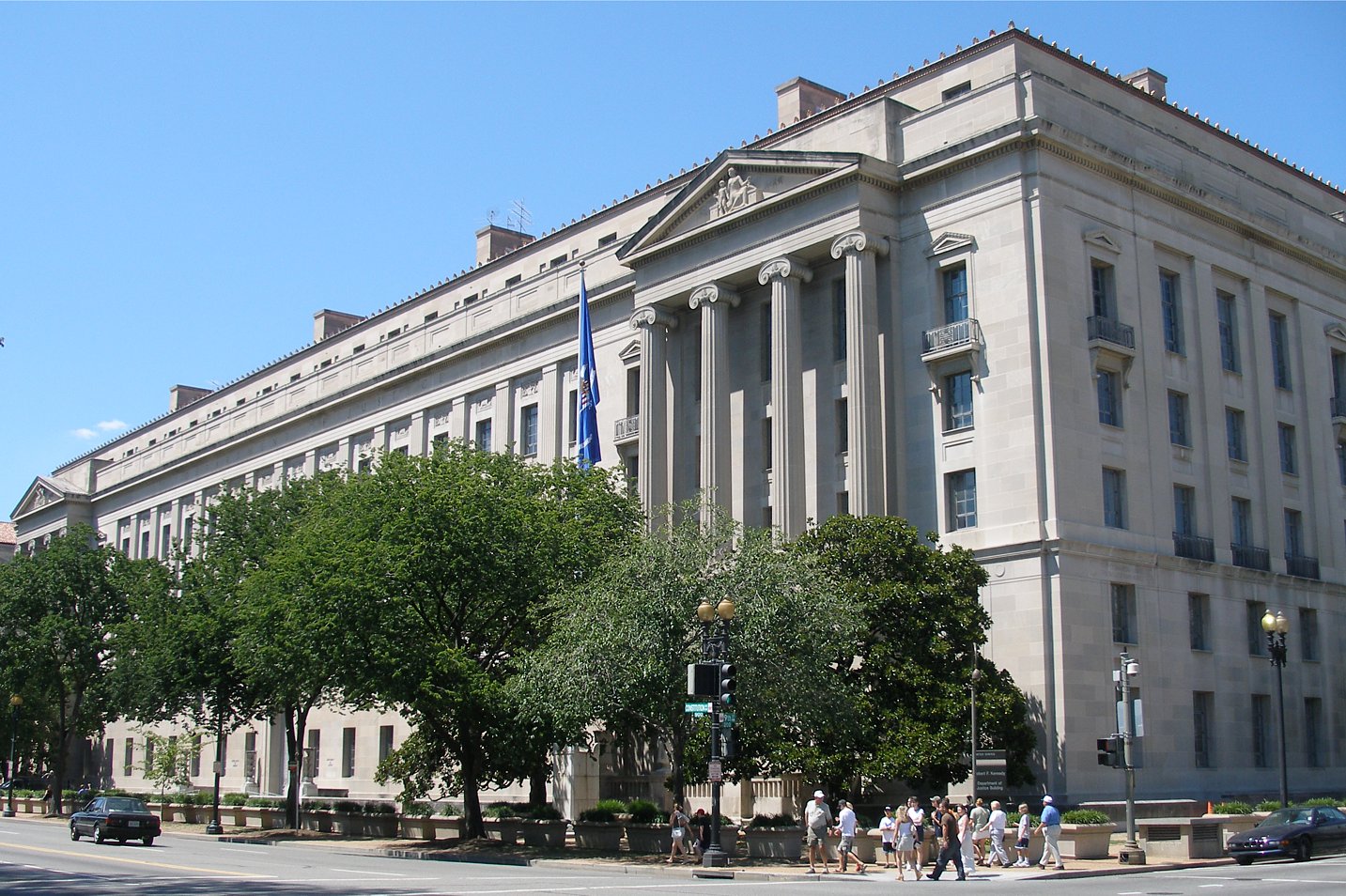Fewer Drugs Doesn't Necessarily Mean Less Violence
A few weeks ago, the New York Times published an op-ed by Mario Berlanga, a recently graduated Stanford MBA student from Mexico, which chides Americans of all types—and especially those who “consider themselves worldly or social-justice oriented”—for snorting cocaine in bathrooms or lighting up a joint, and thus directly fueling the bloodshed across Mexico.
Published by The Lawfare Institute
in Cooperation With

A few weeks ago, the New York Times published an op-ed by Mario Berlanga, a recently graduated Stanford MBA student from Mexico, which chides Americans of all types—and especially those who “consider themselves worldly or social-justice oriented”—for snorting cocaine in bathrooms or lighting up a joint, and thus directly fueling the bloodshed across Mexico.
The piece is, in essence, a heartfelt appeal for demand-side drug policies of the “just say no” variety: if Americans understood the consequences of their drug use, demand would go down, cartels would be robbed of a critical revenue source, cartels would become weaker, and the Mexican government would gain the upper hand.
The article has prompted a range of responses, most of which argue that the blame should be placed squarely with prohibition policies rather than users (see here and here). But there’s an antecedent problem: the piece’s central premise that if Americans would just use fewer drugs, we’d see less violence.
If only it were so straightforward.
Mexico’s organized criminal groups are no longer mere drug traffickers, whose singular revenue streams would disappear if Americans kicked their drug habits. Instead, over the past decade, Mexico’s criminal groups have moved rapidly into a wide range of illicit activities, such as extortion, stealing oil, kidnapping, and taxing migrant smugglers. They’ve even gained a foothold in what used to be informal or even legal markets: pirated CDs, limes and avocados, and used cars, for example.
These are not just drug cartels any more. Most of them are diversified non-industrial criminal conglomerates of a sort. Think Samsung, only with guns and murder instead of heavy industry.
To really understand the real world effect that fewer drug dollars would have on Mexico’s violence, we’d need to know how much money these groups make overall and how much of it comes from drugs. Sound simple? It shouldn’t. Measuring any illicit market or activity is notoriously difficult and imprecise.
Plus if figuring out even the total amount of drug money is tough, trying to decipher how much cartels reap from their other illicit activities is even harder. Many of these activities (like extortion and kidnapping) are never reported and there are few indicators or reliable surveys to get a sense of the true and up to date scope. But lucky for us, analysts and scholars haven’t stopped trying, and their estimates help us get a sense of these activities importance.
Let’s take the Knights Templar cartel in Michoacán as an example. Back in their violent heyday a few years ago, the group’s number one revenue source was not the methamphetamines or cocaine that they trafficked, but rather the state’s mining industry. This was followed by their extortion of other industries, with the group illegally taxing an estimated 85 percent of Michoacán businesses, and then illegal logging. This means that stripping the Knights Templar of any drug revenues would have hurt the group’s bottom line, but certainly wouldn’t have been a coup de grace.
This brings us to one more important factor to consider when thinking about the effect of decreased drug money on violence in Mexico: revenue distribution.
Some of the drug money filters back to Colombia or criminal groups in other countries, but the vast majority goes to Mexican drug traffickers, more specifically: the Sinaloa Cartel and increasingly the Cartel Jalisco New Generation (CJNG). This means that the effects from dried up drug money would hit these two big groups particularly hard. And as the New York Times’ op-ed notes, this is a very good thing.
However, as with the example of the Knights Templar, there are at least forty or more smaller groups operating in Mexico that lack a serious foothold in international drug trafficking networks. Instead, they also rely on the other criminal activities mentioned above to help line their pockets. And unfortunately, these groups are also to blame for large chunks of Mexico’s violence.
Of course, a hopeless hypothetical outlook isn’t guaranteed. It is certainly reasonable that if there was less drug money and all other market sizes stayed equal, Mexico’s criminal groups (and especially the big ones) would lose a bit of their ability to handsomely pay employees and bribe officials in the short run. And if Mexican officials prioritized comprehensive security efforts, created stronger security agencies at all levels of government, and seized the opportunity, they could perhaps tamp down violence. Yet this coveted outcome depends on both statements in this paragraph being true, and this too may be an oversimplification.
So the point is not that you can light that joint or do that line with a clear moral conscience. It’s just that as with almost everything in Mexico’s criminal underworld, the uncertainties and constant shifts in the criminal landscape make trusting any straightforward logic chain a risky exercise. Yes, if grad students stopped recreational drug use, it might have effects south of the border. But at this point, would it solve Mexico’s persistent challenge of high violence?
Sadly, probably not.




